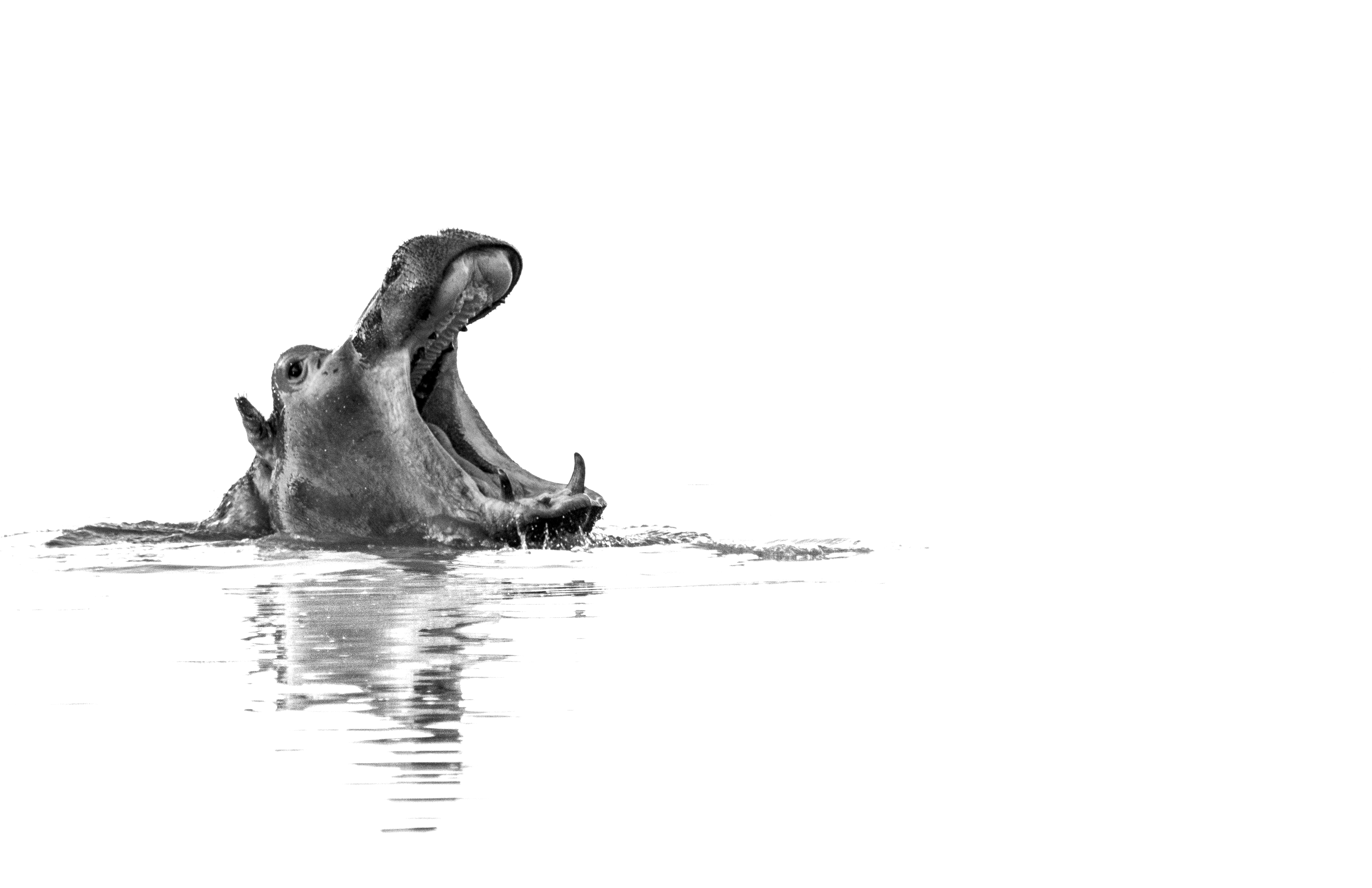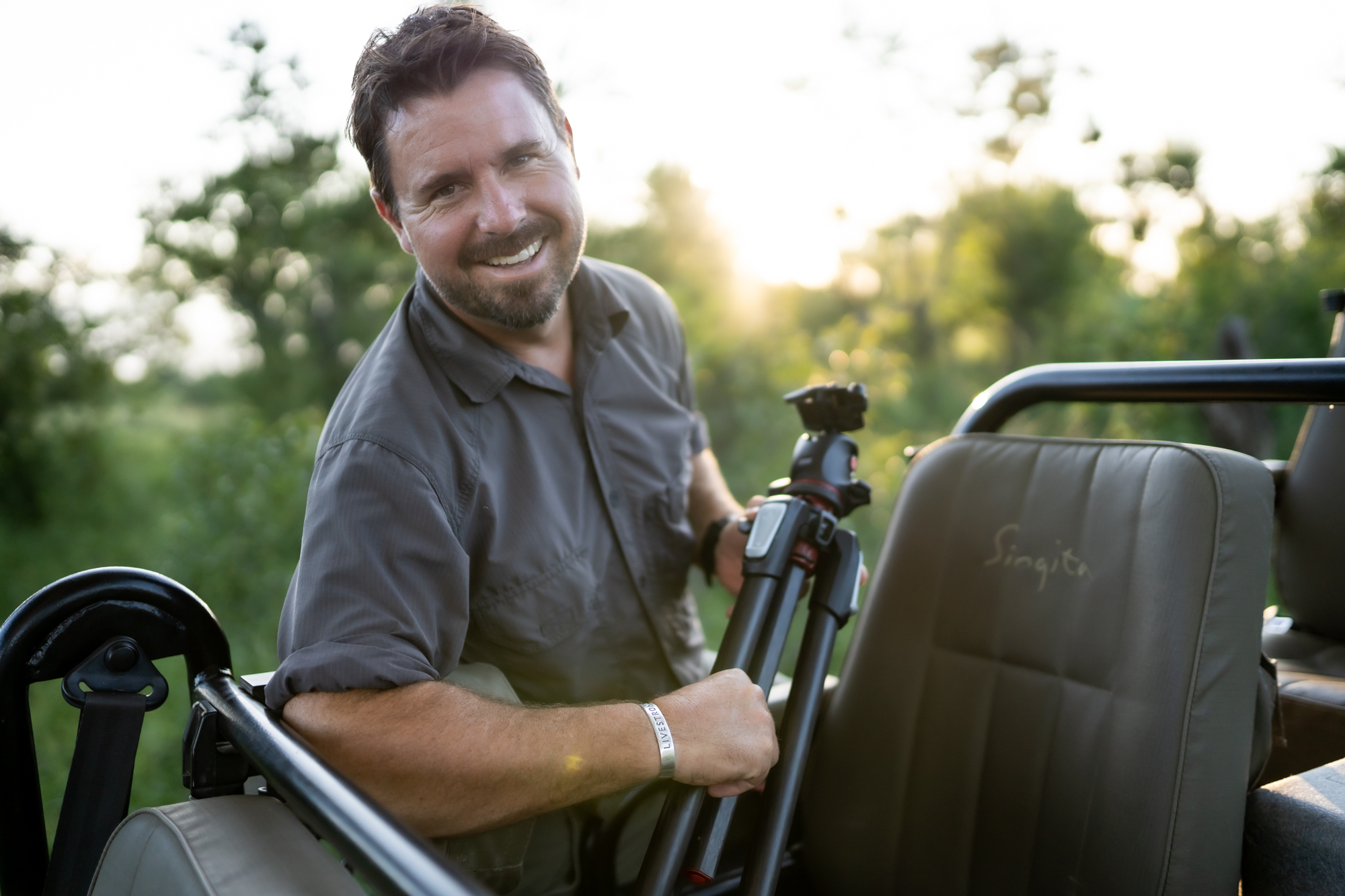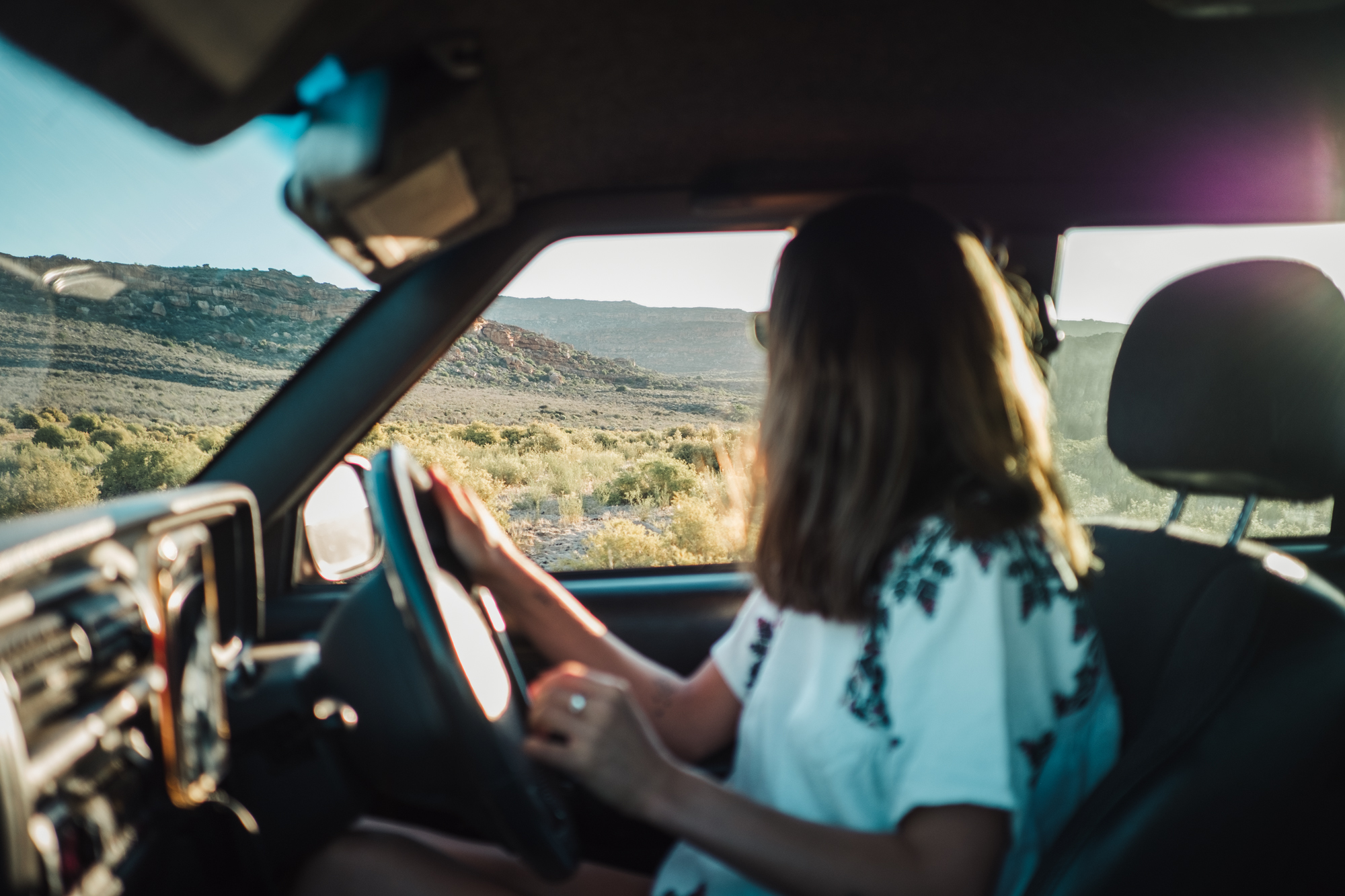With spring coming soon, there has never been a better time to make the most of the final cool weeks of the year by exploring the genre of winter wildlife photography. While the summer months might be what typically comes to mind when discussing this form of photographic expression, there are numerous advantages and opportunities for creativity to shine when shooting wildlife in winter.
We asked four world-renowned wildlife photographers and cinematographers to share their insights into capturing creatures great and small in the colder months, including what gear to use and how to create compelling images.
Tim Driman
Tim Driman is a South African-based wildlife photographer, passionate Zulu linguist, FGASA Level 1 Field Guide, and Trail Guide. He has ranged as far as Tanzania, Zimbabwe and Zambia, documenting conservation projects and supporting movie crews.
How does photographing wildlife in winter differ from photographing wildlife in the summertime?
I enjoy shooting wildlife in the winter months because there is less vegetation, and the watering holes are more clearly defined, as all the little ponds, etc. have dried up. I often plan my day around visiting the water in an area, as the animal attendance is concentrated around and in the vicinity of water.
What is your top tip for creating compelling wildlife images?
If you look at my work, you will see that I target animal action, and interaction, as well as the very young Felids (cat family), Heyanids (hyena family), and Canids (wild dogs). In order to capture such images, you have to understand the target species, their habits, and behaviour, as well as where best to find them. After that, it takes a deep, and intimate knowledge of your equipment so you just operate by instinct when the action happens. Finally, patience to anticipate their actions, then to just sit things out until that magic moment occurs.
What is the most essential piece of gear in your winter wildlife photography kit?
My Sony A1’s, Sony A9 II, and the Sony G-Master lenses.





Chris Fallows
Chris Fallows is a world-renowned wildlife photographer and expert authority on Great White Sharks, being the first person to discover and document the breaching behaviour of these magnificent predators. He captures both marine and terrestrial wildlife through the genre of Fine Art photography.
How does photographing wildlife in winter differ from photographing wildlife in the summertime?
I photograph both marine and terrestrial wildlife. Whilst the seasonal changes for terrestrial wildlife are easy to see with the emerald green and vibrant summer and early Autumn months being transformed into dry dusty conditions of the winter and spring months, with the ocean it is more subtle in appearance, but no less dramatic in terms of changes in species composition and conditions under which I work.
In Cape waters, spring and summer mean big SE winds, associated coastal upwelling, and the time of species such as whales and dolphins feeding in huge numbers in the nutrient-rich water. Conversely, at the same time offshore, warm Agulhas water pushes closer to shore, and a suite of pelagic predators comes into reach with mako and blue sharks, tuna, and other gamefish being realistic targets.
As the first big low-pressure storms brush closer to the South Western tip of Africa in late Autumn suddenly a multitude of pelagic sea birds occur in incredible numbers, Great White Sharks start to congregate around seal colonies, and further up the South Coast, the annual sardine run takes shape.
As a fine art photographer, I like drama, contrast, and emotion; I like dust, big skies, and mood coupled with open uncluttered backgrounds, so generally, late winter/early spring is my favorite time on land. It is tough out there, everything is battling to survive and this is when you get really emotive works. On the ocean, I love the winter, between the storms and gales which have a beauty of their own there are many beautiful days.
What is your top tip for creating compelling wildlife images?
My genre is Fine Art, so I am looking for uncluttered, clean artistic backgrounds that allow my subjects to be the unquestionable focus of each work I create.
So rule Number One for me: backgrounds. Pay attention to them and position your subject in a way that is artistically pleasing to the eye.
Rule Number Two: know your subjects. I look to photograph the planet’s most iconic species and specimens. Find out where you have the best chance to find these animals, spend time with the animals, earn their trust and get them comfortable with you, respect them, and in turn, they will tolerate you when you are close to them and intimacy is a hallmark of my work. I shoot very wide and very low and need to be very close to formidable animals like lions, elephants, and sharks. You can only do this on a regular basis once both you and your subject are comfortable with this intimacy.
Final tip: never lose sight of the fact that it is a privilege to be a wildlife photographer, and you in essence are through your images the mouthpiece for these animals. Share your work and stories so others can feed off the privilege and passion you have.
What is the most essential piece of gear in your winter wildlife photography kit?
My Canon RF 70-200 F2.8 lens. I use it for 90% of my work on the ocean; it is light, very fast, and impressively sharp. On land it is also a great go-to lens for a lot of work when shooting off the ground, especially for lions and elephants where I need to be mobile, get close, and have some versatility with the 70-200 zoom range. I very seldom use my 200-400 or 600mm lenses anymore.


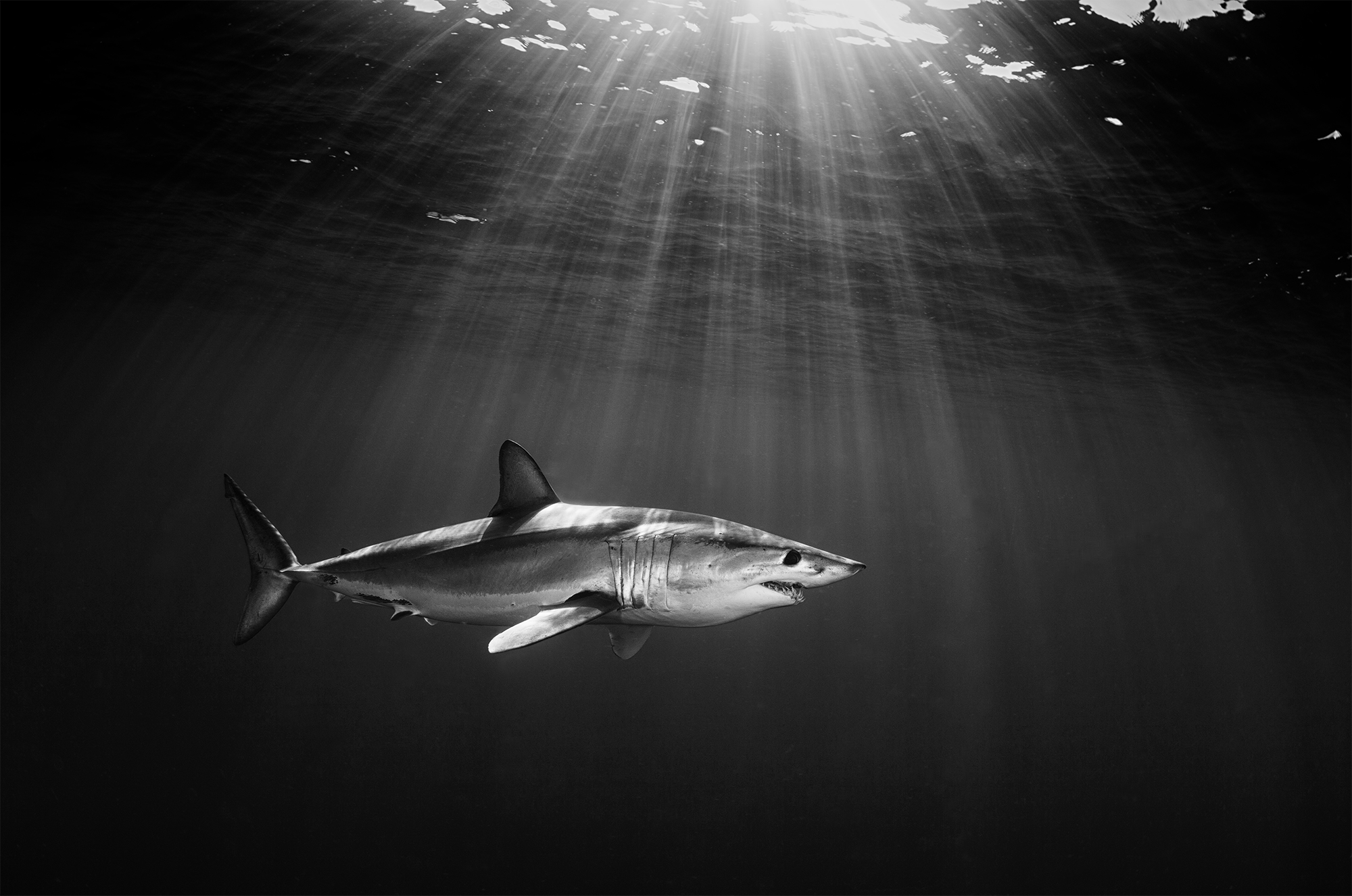

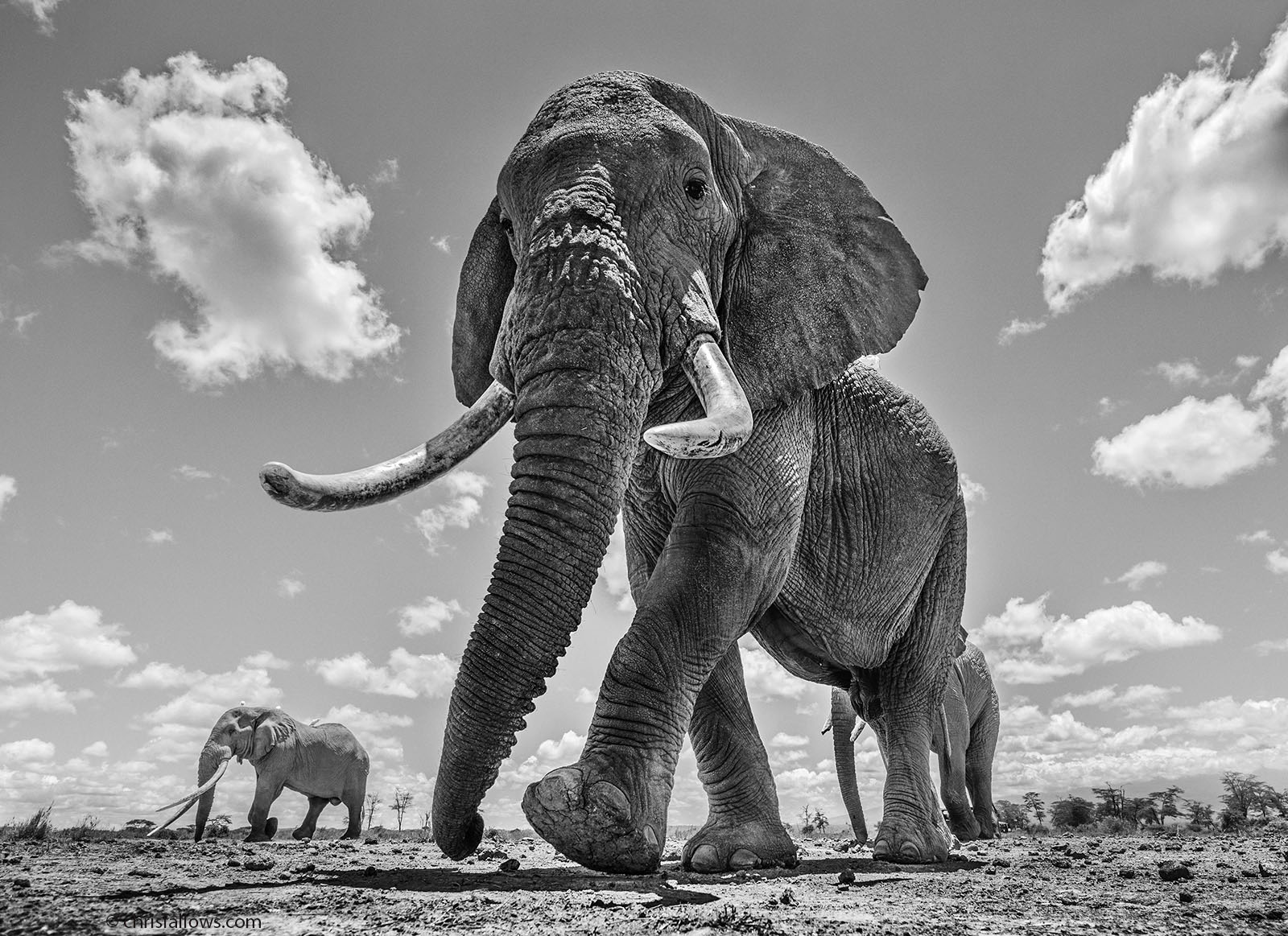
Shannon Wild
Shannon Wild is an Australian-born, award-winning wildlife photographer and cinematographer, as well as a passionate nature conservationist. She is repped by National Geographic.
How does photographing wildlife in winter differ from photographing wildlife in the summertime?
In Southern Africa it certainly makes viewing easier, given it’s our dry season and foliage isn’t as dense. With the cooler weather, the animals are more active for longer during the day, and with water more scarce it increases the chance of sightings at waterholes. During the summertime and the often oppressive heat that comes with it, animals are spending time resting in the shade and conserving energy until the day cools closer to evening. As a photographer, shooting in the hours just after sunrise and before sunset is always preferable given the beauty of the light which can really take an image to the next level. Lighting is so important, but so is behaviour and winter can often offer the chance to witness more behavioural opportunities during daylight hours.
What is your top tip for creating compelling wildlife images?
There are so many elements that make a compelling image, but ultimately when it comes to wildlife photography, it’s about creating images that stir emotion in the viewer. I’m very conscious of the technical elements like settings and also the creative choices like composition, but I find the images that get the most visceral response are the ones that convey my passion and desire to do justice to the subjects that are the most popular and therefore the most likely to impart curiosity and empathy from the viewer. That is my ultimate goal: to spark interest and emotion in people in the hope it will create a more caring attitude toward wildlife. This often involves understanding the species, its body language, and behaviour and applying patience with that knowledge to capture those very special moments.
What is the most essential piece of gear in your winter wildlife photography kit?
When it comes to gear, it’s essentially the same for me during winter or summer and is more dependant on the subject. So honestly in winter an essential for me are things that are going to keep me as warm as possible so I can work as long and focused as possible. Something I find particularly essential is a scarf, so obviously, it helps keep me warm, but I can also adjust it over my head to reduce glare, and then as the day progresses and gets warmer, as it often does here in South Africa, then I can move it over onto my gear to help cover it from the sun and also protect it from dust due to the dry winter weather.





Russell MacLaughlin
Russell MacLaughlin is a wildlife filmmaker who has been involved in prestigious productions for Nat Geo Wild, Disneynature, BBC NHU, and Netflix. He has specialised in documenting rare and endangered animals across the globe.
How does photographing wildlife in winter differ from photographing wildlife in the summertime?
I have been fortunate enough to photograph and film in all extremes of the seasons, from the high arctic to tropical rain forests and endless deserts. But in South Africa, the winter months have always been my favourite. The bush thins out and gives you the option of more layers and more depth where in the summer months the foliage is very dense. It does add to that lush green you always want but makes finding your subjects so much harder.
What is your top tip for creating compelling wildlife images?
This is hard. I try to apply it to my filming and telling a story. I think when you spend enough time with a subject, these moments will shine through, just got to be patient.
What is the most essential piece of gear in your winter wildlife photography kit?
Definitely my buff!









